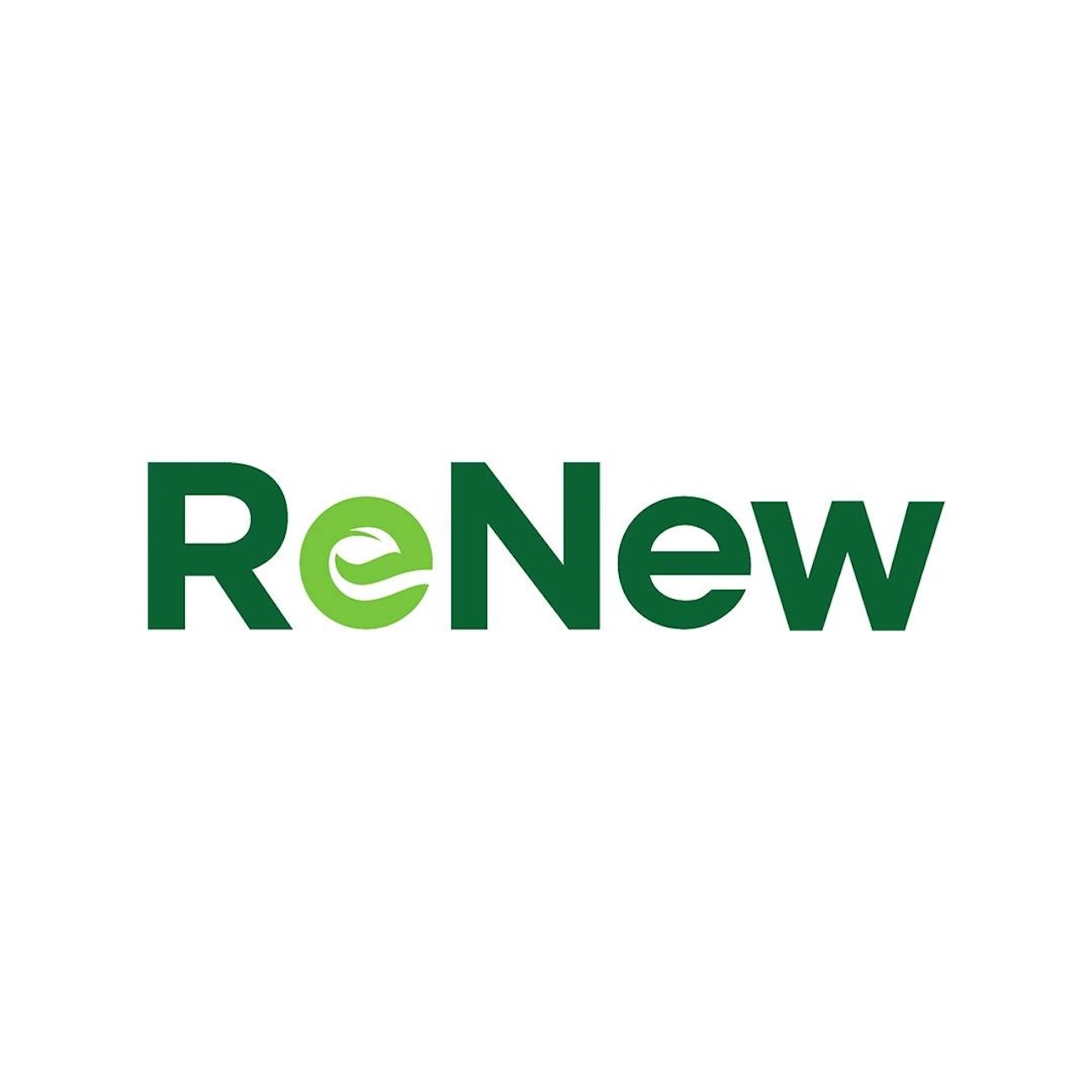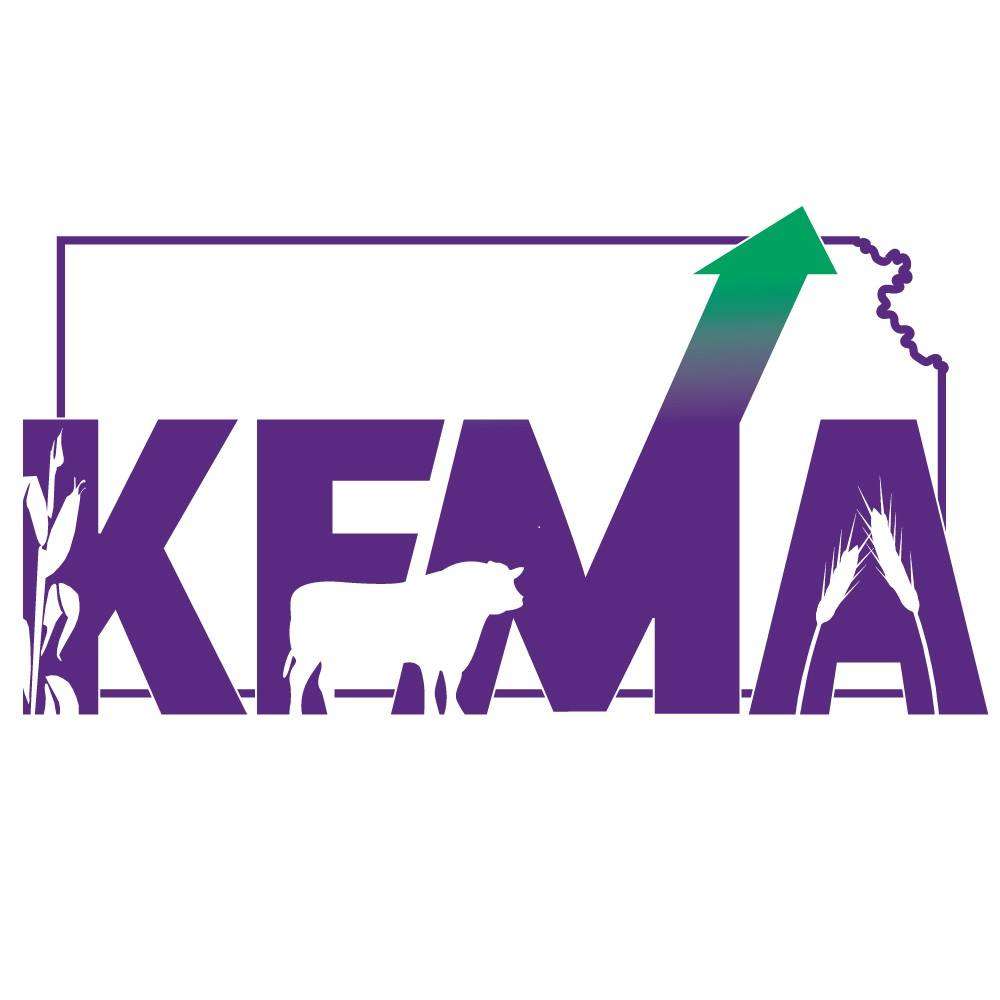Scott, Lummis, Colleagues Release Market Structure Discussion Draft, Issue Request for Information from Stakeholders – Senate Committee on Banking, Housing, and Urban Affairs (.gov)

Report on Proposed Digital Asset Market Structure Legislation
Introduction
A discussion draft for legislation concerning the market structure of digital assets has been released by senior members of the Senate Banking Committee, including Chairman Tim Scott, Senator Cynthia Lummis, Senator Bill Hagerty, and Senator Bernie Moreno. This initiative builds upon the foundation of the CLARITY Act, which recently passed the House of Representatives with bipartisan consensus. The draft is accompanied by a Request for Information (RFI) to solicit feedback from industry stakeholders.
Alignment with Sustainable Development Goals (SDGs)
The proposed legislative framework demonstrates a strong commitment to several United Nations Sustainable Development Goals (SDGs) by aiming to create a regulated, innovative, and secure digital economy.
SDG 8: Decent Work and Economic Growth
The legislation seeks to stimulate economic growth by providing a clear and predictable regulatory environment. This clarity is intended to:
- Foster domestic innovation in the digital asset sector.
- Attract investment and retain technological talent within the United States.
- Create new economic opportunities and high-quality jobs in the financial technology industry.
SDG 9: Industry, Innovation, and Infrastructure
A primary objective of the draft is to build resilient and modern financial infrastructure. It addresses this goal by:
- Establishing a formal regulatory framework tailored to the unique characteristics of digital assets.
- Modernizing outdated securities regulations to accommodate technological advancements.
- Promoting responsible innovation within federally regulated banking institutions through the use of distributed ledger technology (DLT).
SDG 16: Peace, Justice, and Strong Institutions
The draft aims to build effective, accountable, and transparent institutions by enhancing the legal and regulatory framework. Key measures include:
- Creating clear legal definitions, such as for “ancillary assets,” to reduce ambiguity and prevent disputes.
- Mandating robust disclosure requirements to ensure investor protection and market transparency.
- Implementing specific provisions to combat illicit finance, requiring the creation of examination standards and encouraging partnerships between the private sector and law enforcement to deter illegal activities.
SDG 17: Partnerships for the Goals
The development process for this legislation exemplifies a multi-stakeholder approach. This commitment to partnership is evident through:
- Bipartisan collaboration between political parties and between the House and Senate.
- The issuance of a formal Request for Information (RFI) to actively engage private sector stakeholders, academics, and the public in the legislative process.
- Encouraging public-private partnerships to enhance security and combat financial crime.
Key Provisions of the Discussion Draft
The legislative draft outlines several critical steps to structure the digital asset market:
- Define Ancillary Assets: Establishes a clear definition for “ancillary asset” to distinguish which digital assets do not qualify as securities.
- Create Disclosure Requirements: Implements tailored disclosure rules for the offer, sale, or distribution of ancillary assets.
- Promulgate New Rules: Directs the Securities and Exchange Commission (SEC) to create new regulations, including:
- Regulation DA: To exempt certain offers or sales of ancillary assets from SEC registration, such as those not exceeding $75 million in annual gross proceeds over a four-year period.
- Investment Contracts: To provide a clearer definition of what constitutes an investment contract in the context of digital assets.
- Modernize Securities Regulations: Requires the SEC to adapt existing regulations to be more suitable for the technological nature of digital assets, removing outdated or unduly burdensome requirements.
- Prevent Illicit Finance: Mandates the development of examination standards for digital assets and promotes collaboration between private entities and federal law enforcement to detect and deter illicit financial activities.
- Promote Responsible Banking Innovation: Ensures that financial holding companies are permitted to use digital assets or distributed ledger systems for activities and services that banks are already authorized to perform.
Request for Information (RFI)
In conjunction with the draft’s release, the Senators have issued a formal RFI to gather stakeholder feedback on a comprehensive range of topics to ensure the final legislation is robust and effective. Feedback is requested on the following areas:
- Regulatory Clarity and Tailoring
- Investor Protection
- Trading Venues and Market Infrastructure
- Custody
- Illicit Finance
- Banking
- Innovation
- Preemption
Submissions for the RFI can be sent to MarketStructure_RFI@banking.senate.gov.
SDGs Addressed in the Article
- SDG 8: Decent Work and Economic Growth
- SDG 9: Industry, Innovation and Infrastructure
- SDG 16: Peace, Justice and Strong Institutions
- SDG 17: Partnerships for the Goals
Specific Targets Identified
SDG 8: Decent Work and Economic Growth
-
Target 8.2: Achieve higher levels of economic productivity through diversification, technological upgrading and innovation, including through a focus on high-value added and labour-intensive sectors.
- The article discusses legislation aimed at fostering innovation in the digital asset space. Statements like, “unlocking the full potential of the digital asset economy” and ensuring the “United States remains a global leader in digital asset development,” directly align with promoting economic productivity through technological innovation.
-
Target 8.3: Promote development-oriented policies that support productive activities, decent job creation, entrepreneurship, creativity and innovation.
- The proposed legislation is a development-oriented policy. Its goal to “provide clear rules of the road for digital assets that… foster innovation” is designed to create a stable environment that encourages entrepreneurship and creativity within the digital finance sector.
SDG 9: Industry, Innovation and Infrastructure
-
Target 9.2: Promote inclusive and sustainable industrialization and, by 2030, significantly raise industry’s share of employment and gross domestic product, in line with national circumstances, and double its share in least developed countries.
- The article focuses on creating a robust regulatory framework for the digital asset industry. This effort to establish clear rules and modernize regulations supports the growth and formalization of a new technological industry, which aligns with the goal of promoting industrialization.
-
Target 9.a: Facilitate sustainable and resilient infrastructure development in developing countries through enhanced financial, technological and technical support.
- While focused on the U.S., the article’s core purpose is to create a resilient regulatory infrastructure for digital finance. The draft aims to “modernize securities regulations” and create a “comprehensive, bipartisan regulatory framework,” which constitutes a form of technical and policy infrastructure to support the digital economy.
SDG 16: Peace, Justice and Strong Institutions
-
Target 16.4: By 2030, significantly reduce illicit financial and arms flows, strengthen the recovery and return of stolen assets and combat all forms of organized crime.
- The article explicitly addresses this target. The discussion draft “requires the creation of examination standards for digital assets and encourages private sector entities to partner with federal law enforcement, to detect and deter illicit finance.”
-
Target 16.6: Develop effective, accountable and transparent institutions at all levels.
- The entire initiative is a response to “outdated laws and regulatory uncertainty.” The goal of creating “clear rules of the road,” defining assets, and establishing disclosure requirements is to build a more effective, accountable, and transparent regulatory institution (the SEC and its rules) to govern the digital asset market.
SDG 17: Partnerships for the Goals
-
Target 17.17: Encourage and promote effective public, public-private and civil society partnerships, building on the experience and resourcing strategies of partnerships.
- The article highlights multiple forms of partnership. It mentions the bill passed the House with “strong bipartisan support” (a public-public partnership). It also explicitly “encourages private sector entities to partner with federal law enforcement” (a public-private partnership) and issues a “Request for Information (RFI) for stakeholders to submit feedback” (a public-civil society partnership).
Implied Indicators for Measuring Progress
For SDG 8 & 9 (Innovation and Economic Growth)
- Passage of the legislation: The successful enactment of the “comprehensive, bipartisan regulatory framework” would be the primary indicator of progress.
- Volume of investment in the US digital asset sector: An increase in investment would suggest the “clear rules of the road” are successfully fostering innovation and economic activity.
- Number of new digital asset companies established in the US: This would measure progress towards the goal to “keep the future of digital finance anchored in America” and prevent innovation from moving “overseas.”
For SDG 16 (Strong Institutions and Illicit Finance)
- Establishment of new SEC rules: The successful promulgation of “Regulation DA” and new rules defining “investment contracts” would indicate the development of more effective institutions.
- Number of partnerships between private entities and law enforcement: This would directly measure the success of the draft’s encouragement for such collaborations to “detect and deter illicit finance.”
- Reduction in detected illicit financial flows via digital assets: A measured decrease in illicit activities would be a key indicator of the effectiveness of the new examination standards.
For SDG 17 (Partnerships)
- Number and diversity of stakeholder submissions to the RFI: The response to the “Request for Information” would indicate the level of engagement from civil society and the private sector.
- Level of bipartisan support in the Senate: Continuing the “strong bipartisan support” seen in the House would be a measure of a successful public-public partnership.
Summary Table of SDGs, Targets, and Indicators
| SDGs | Targets | Indicators |
|---|---|---|
| SDG 8: Decent Work and Economic Growth | 8.2: Achieve higher levels of economic productivity through technological innovation.
8.3: Promote development-oriented policies that support innovation and entrepreneurship. |
– Volume of investment in the US digital asset sector. – Number of new digital asset companies established in the US. |
| SDG 9: Industry, Innovation and Infrastructure | 9.2: Promote inclusive and sustainable industrialization.
9.a: Facilitate resilient infrastructure development through technical support. |
– Passage of the digital asset market structure legislation. – Modernization of securities regulations to be fit-for-purpose for digital assets. |
| SDG 16: Peace, Justice and Strong Institutions | 16.4: Significantly reduce illicit financial flows.
16.6: Develop effective, accountable and transparent institutions. |
– Reduction in detected illicit financial flows via digital assets. – Establishment of new SEC rules (e.g., Regulation DA). – Creation of examination standards for digital assets. |
| SDG 17: Partnerships for the Goals | 17.17: Encourage and promote effective public, public-private and civil society partnerships. | – Number of stakeholder submissions to the Request for Information (RFI). – Number of partnerships between private entities and law enforcement. – Level of bipartisan support for the final legislation. |
Source: banking.senate.gov

What is Your Reaction?
 Like
0
Like
0
 Dislike
0
Dislike
0
 Love
0
Love
0
 Funny
0
Funny
0
 Angry
0
Angry
0
 Sad
0
Sad
0
 Wow
0
Wow
0































































![Governing Health -Compensation Considerations for Health System Innovation Activities [Podcast] – The National Law Review](https://natlawreview.com/sites/default/files/styles/article_image/public/2025-10/Health AI Security Privacy Data Cyber Medical Doctor-309772690.jpg.webp?itok=i51uHMDx#)
_21.jpg?#)












